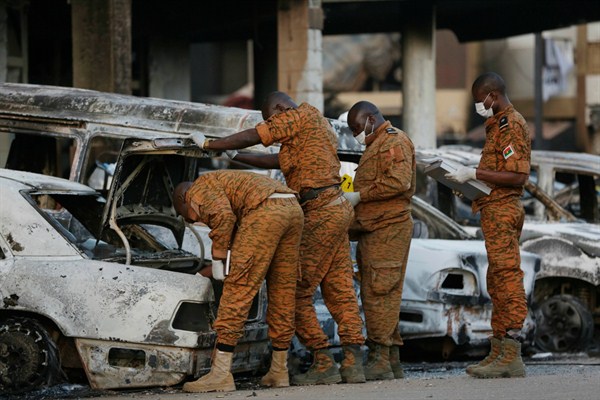The Islamist militants came on motorbikes, arriving before dawn in two villages in eastern Burkina Faso. In the first village, Diabiga, they struck a mosque, killing a local Muslim leader and four other worshipers; a sixth person later died of his injuries. In the second village, Kompienbiga, they killed three members of the same family.
The dual attacks, which occurred on Sept. 15, did not come as a total surprise. In the weeks leading up to them, a series of similar incidents in the east claimed around 20 lives. Analysts suspect the violence is the work of the Islamic State in the Greater Sahara, which operates primarily in Mali and neighboring Niger and was responsible for the ambush that killed four U.S. soldiers in western Niger last October.
Yet the killing of nine civilians in one day in eastern Burkina Faso underscored the extent to which Islamist militants now threaten a part of the country that, until recently, they had largely ignored. With the opening of this new front, the various jihadist groups operating in Burkina Faso are increasingly able, and apparently eager, to strike almost anywhere in the country. This new reality represents a stark change from just a few years ago, when a number of factors—not least of which being former President Blaise Compaore’s willingness to make deals with militants—helped spare Burkina Faso from the violence that afflicted its neighbors.

